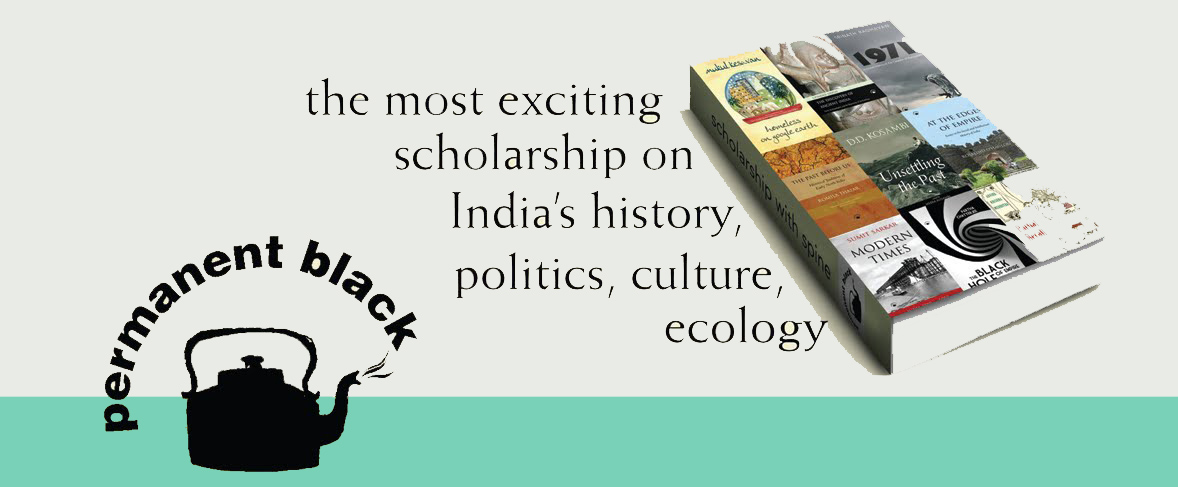"Her book is a lucid entry point for those unfamiliar with the Hindi novel in the past 150 odd years and offers a sharp analysis of tradition, nationalism, and modernity."
Shantam Goyal, The Print
This book provides a panoramic view of the intellectual and cultural life of North India over a century – from the aftermath of the 1857 uprising to the end of the Nehruvian era.
 The North’s historical cities, rooted in an Indo-Persianate culture,
began changing more slowly than the Presidency towns founded by the
British. Focusing on six major cities – Agra, Allahabad, Banaras, Delhi,
Lahore, and Lucknow – Dalmia takes up eight canonical Hindi novels set
in them to trace a literary history of domestic and political
cataclysms. Her exploration of emerging Hindu middle classes, changing
personal and professional ambitions, and new notions of married life
provides a vivid sense of urban modernity.
The North’s historical cities, rooted in an Indo-Persianate culture,
began changing more slowly than the Presidency towns founded by the
British. Focusing on six major cities – Agra, Allahabad, Banaras, Delhi,
Lahore, and Lucknow – Dalmia takes up eight canonical Hindi novels set
in them to trace a literary history of domestic and political
cataclysms. Her exploration of emerging Hindu middle classes, changing
personal and professional ambitions, and new notions of married life
provides a vivid sense of urban modernity. She looks at the radical social transformations associated with
post-1857 urban restructuring, and at the political flux resulting from
social reform, Gandhian nationalism, communalism, Partition, and the
Cold War. These, she argues, shaped the realm of the intimate as much
as the public sphere. Love and friendship, notions of privacy,
attitudes to women’s work, and relationships within households are
among the book’s major themes.
She looks at the radical social transformations associated with
post-1857 urban restructuring, and at the political flux resulting from
social reform, Gandhian nationalism, communalism, Partition, and the
Cold War. These, she argues, shaped the realm of the intimate as much
as the public sphere. Love and friendship, notions of privacy,
attitudes to women’s work, and relationships within households are
among the book’s major themes.Vasudha Dalmia is Professor Emerita of Hindi and Modern South Asian Studies at the University of California, Berkeley. Her scholarship includes a work on Bharatendu Harischandra and Banaras – a monumental classic now available as The Nationalization of Hindu Traditions (new edn, Permanent Black paperback, 2010). Her recent works include Hindu Pasts (Permanent Black, 2015), and, as co-editor The Cambridge Companion to Modern Indian Culture (2012), and Religious Interactions in Mughal India (2014).
Read an extract here
Hardback / Rs 995/ BUY

Comments